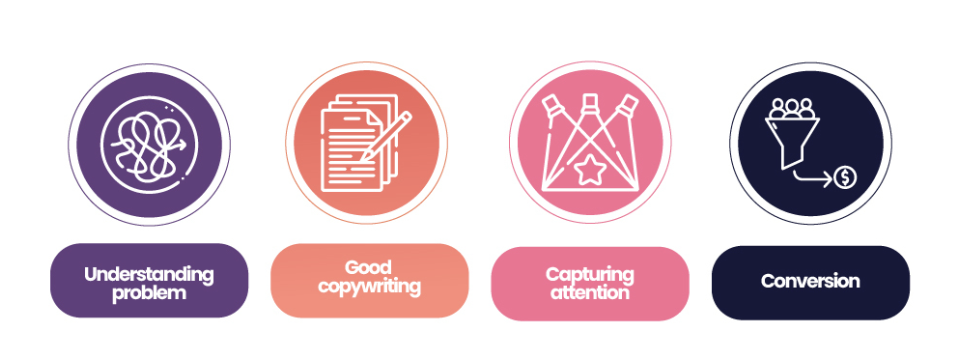What Makes Your Product Successful? The Power of a Well-Designed Prototype

What Makes Your Product Successful? The Power of a Well-Designed Prototype
A well-designed website is a good prototype for any successful digital project. Websites are often the first point of contact between a brand and potential customers. Their success answers this fundamental principle: understanding the problem and users' needs.
In the online world, where everybody competes for attention, a website's success depends on its ability to connect with visitors and convert them into loyal customers.
Websites could be considered prototypes when they are the first iteration between a potential customer and your product or service. Web or mobile app prototypes help you test ideas, gather user feedback, understand their behavior, and refine your messaging. If your website is good enough to engage visitors and convert them into customers, you have a great foundation to build your product strategy. The key to this success lies in how well your website addresses the specific problems your target audience is facing.

From Problem to Conversion: The Power of Good Copywriting
Understanding user's problems should be the center of every successful website. When visitors land on your site, they typically seek a solution to a particular issue. If your website can answer their questions or solve their problems, you are probably close to converting those visitors into customers.
Analyzing bounce rates helps you understand whether your website captures people's attention. In case you didn’t know, the bounce rate is the percentage of visitors who leave your website after viewing just one page within seconds of arriving. A high bounce rate could indicate that visitors aren’t finding what they’re looking for or your offer isn’t engaging enough to keep their attention. Many users decide whether to stay or leave within the first 5 seconds. It probably will bounce if your website fails to address its problem or needs in that brief window.
How can you keep people's attention? Write a copy explaining how your product or solution can solve users' needs. Your website’s copy is the voice that speaks directly to your users. It should be crafted to address their needs and problems. Effective messaging doesn’t just describe what you offer; it connects with users' pain points and positions your product or service as the ideal solution.
Here is a short example: if your product offers a service to help small businesses manage their finances, your messaging should convey that you understand small business owners and unique industry challenges. Copywriting with a statement like, “Simplify your finances and focus on what you do best,” can resonate with your target audience, increasing the possibility that they will stay on your site and explore further.

The AIDA Model in Action: Driving Conversions
Once your website has captured visitors' attention by addressing their problem, you should guide them through the AIDA model: Attention, Interest, Desire, and Action.
- Attention: Capture it with a robust and problem-focused headline.
- Interest: Connect by showcasing how your solution addresses user needs, such as through features, benefits, or testimonials.
- Desire: Show your solution's value proposition and clarify how it will improve their situation.
- Action: Finally, invite visitors to take a small action, such as signing up for a newsletter, downloading a resource, or purchasing.
A website that could convert visitors into customers is the first step of a successful digital product strategy. Considering your website a prototype will help you to test, learn, and refine the understanding of your audience. All the insights you can gather from how users interact with your site can guide the development of further digital products or services.
Website Prototypes are the Foundation of a Successful Digital Strategy
The foundation of a successful website lies in its ability to understand and meet the needs of its users. Sometimes, we think a great website is about the animations, colors, and images we use, but the best thing you can do is focus on faster load times and good copywriting to improve user experience. Your website could start converting visitors into loyal customers if you address your audience's problems by facing and crafting a message that resonates with those issues. Analyzing, understanding, and monitoring metrics like bounce rate, time on page or scroll depth can also help gather valuable feedback on how well your website captures and holds visitors' attention.
This deep understanding of user needs and behaviors is the key to website success and will serve as the cornerstone for future digital endeavors. A website that converts is more than just a marketing tool—it’s the first step in turning your ideas into a reality.
